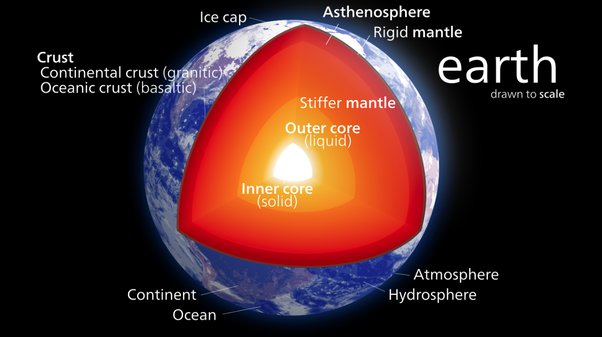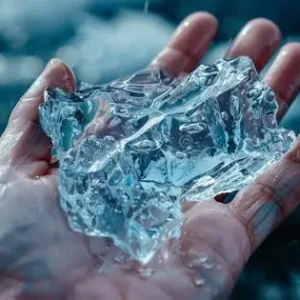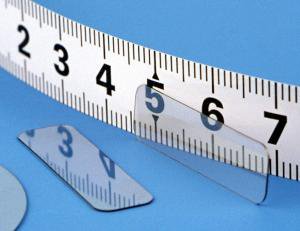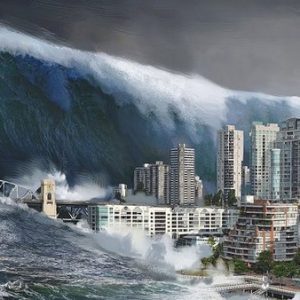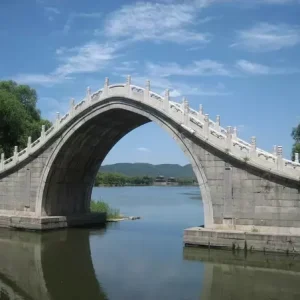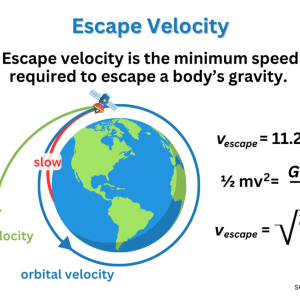I really like this question. It’s an opportunity to completely blow your mind about volcanoes.
Here we have a diagram of volcanoes that everyone is shown in school:

Like all things taught in school, it’s more complex than that. Here’s a diagram of a magma chamber with a bit more complexity:
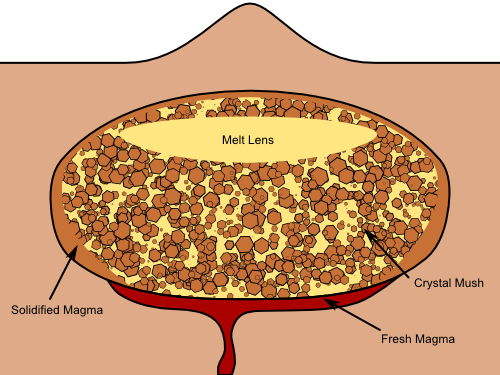
As can be seen in other answers, the earth’s crust isn’t really floating on a big ball of liquid. It’s more like the earth’s crust is slowly grinding along a massive sphere of extremely hot and compressed material composed of an elemental alphabet soup of compounds.
So the answer to your question is no, and scientists might balk at such a stupid question, but it’s not stupid. Your question opens the doorway to discovering how awesome and complicated the world really is.
Tungsten has a density of 19.25 (=times water), has a melting point of about 3695K (about 3422 degrees C). When tungsten is molten it has a density of about 17.6
If the Earths core would be molten all the way to the core, this ball of tungsten would sink rather farther and faster the larger the ball of tungsten is.
A sphere with a radius 10m of tungsten, would sink much faster, and further than a sphere of 1m radius. (It would also need to be preheated, so it would not create a plug of solidified magma, stopping its progress.)
So far so good! But…
It is believed that the core of Earth is some sort of solid iron, solid because of the intensive pressure deep down. The solid core is believed to have a radius of 1220 km, The liquid core is believed to have a radius of 3400 km. (The density of tungsten is higher than iron!)
The radius of Earth is about 6371 km.
A very big sphere of tungsten (with a radius of 100m preheated to 3500 degrees C), could come a fair way, but it still has a very long way to sink!
The core temperature of Earth is estimated to be about 5700K (about 5400 C), so what might eventually come down is a big drop of molten tungsten!
(Structure of the Earth! Thanks Wikipedia!)
